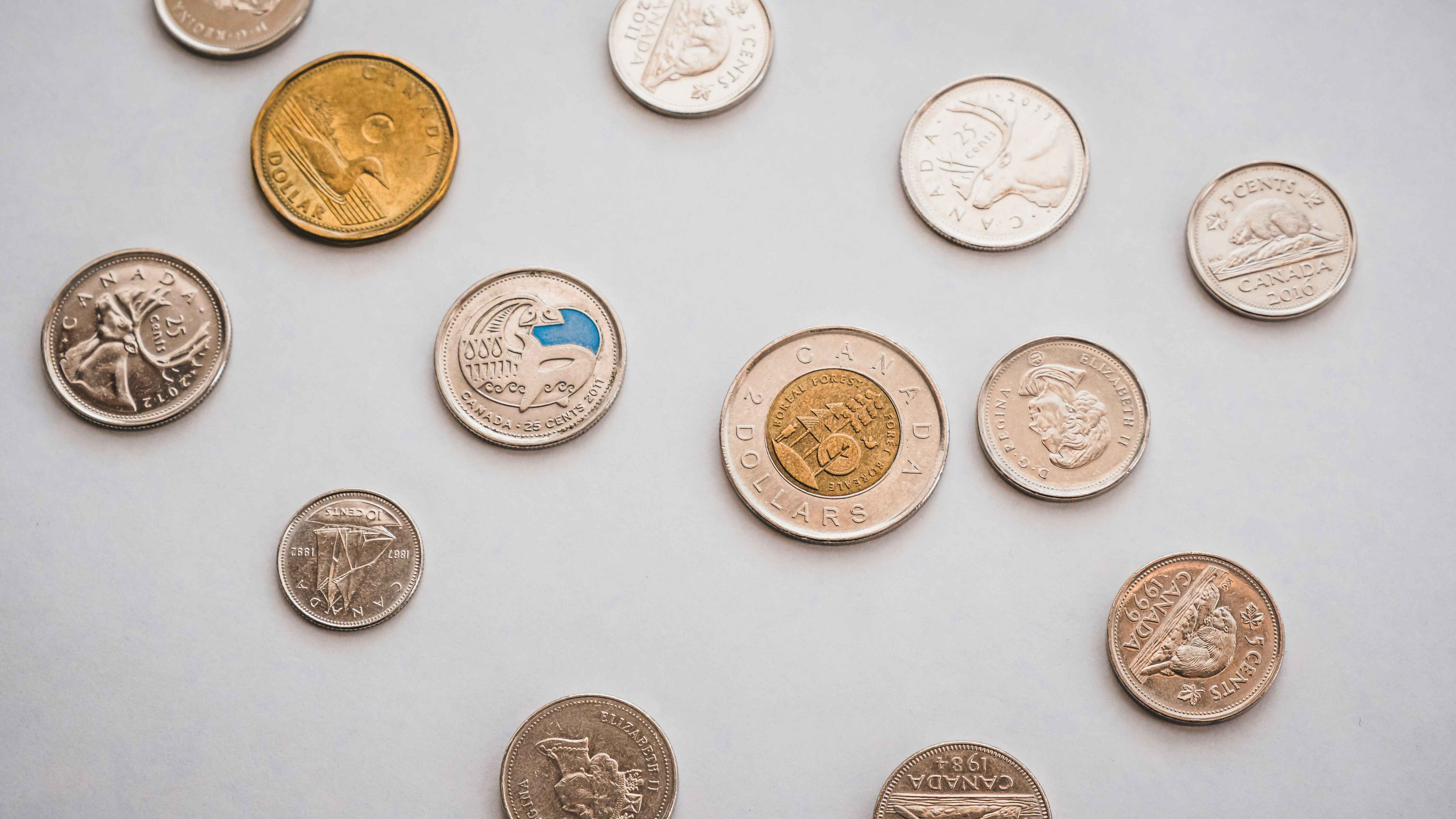When it comes to investing your hard-earned money, the sheer variety of options can feel overwhelming. As you navigate the investment landscape, one instrument consistently stands out for its stability and guaranteed returns: the fixed deposit (FD). But how do FDs stack up against other popular investment avenues like mutual funds, bonds, and savings accounts? In this article, we’ll dive deep into a fixed deposit comparison, helping you understand where FDs shine and where other options might better suit your financial goals.
Get high ROI with 8.8% on Fixed Deposits. Invest today
Understanding Fixed Deposits
What Makes FDs Unique?
FDs are investment instruments where you park a lump sum for a fixed tenure at a predetermined interest rate. This makes FDs a low-risk option that offers assured returns, ideal for conservative investors or those saving for short-term goals.
Here’s what sets FDs apart:
-
Guaranteed returns unaffected by market fluctuations
-
Flexible tenures ranging from 7 days to 10 years
-
Higher interest rates than savings accounts
-
Low investment thresholds starting from just ₹1000
Calculating Your FD Returns
To estimate your FD earnings, you can use this simple formula:
A = P (1 + r/n)^(n*t)
Where:
A = Maturity amount
P = Principal invested
r = Annual interest rate
n = Number of compounding periods per year
t = Tenure of the FD in years
For example, if you invest ₹1 lakh in a 1-year FD at 6% interest, compounded quarterly, your maturity amount would be:
A = 100,000 (1 + 0.06/4)^(4*1) = ₹1,06,136
You can also use an online FD interest calculator for quick results.
Comparing FDs With Mutual Funds
Returns: Risk vs Reward
Mutual funds pool money from multiple investors to invest in stocks, bonds, or other securities. While they offer the potential for higher returns than FDs, they also carry more risk as returns are market-linked.
Here’s a quick comparison:
|
Parameter |
Fixed Deposits |
Mutual Funds |
|---|---|---|
|
Returns |
Guaranteed, fixed interest rate (typically 4%-7%) |
Market-linked, can be higher or lower than FDs |
|
Risk |
Low, principal is secure |
Varies based on fund type (equity, debt, hybrid) |
|
Liquidity |
Moderate, penalties for premature withdrawal |
High, can be redeemed anytime (subject to exit load) |
As you can see, mutual funds may deliver superior returns but with increased volatility. On the other hand, FDs prioritise capital protection over high yields.
Taxation: Interest vs Capital Gains
Another key factor in the FD interest comparison is taxation. FD interest is taxed as per your income tax slab, which can go up to 30%. In contrast, mutual fund returns are subject to capital gains tax.
-
Equity funds held for more than 1 year: 10% LTCG tax on gains over ₹1 lakh
-
Debt funds held for more than 3 years: 20% LTCG tax with indexation benefit
So, if you’re in a higher tax bracket, the post-tax returns from mutual funds may be more attractive.
FDs vs Bonds
Both FDs and bonds are fixed-income instruments, but bonds are typically issued by companies or the government to raise funds.
Key differences:
-
Bonds can be traded in the secondary market; FDs can’t
-
Some bonds offer tax-free interest; FD interest is fully taxable unless invested in tax-saver FDs
-
Bonds may offer slightly higher interest rates than FDs but carry slightly higher risk
Sample Bond Calculation:
A 10-year government bond offering a 7% yield can grow your ₹1 lakh to approximately ₹1.96 lakh at maturity. An Airtel Finance FD at 6.5% would grow to about ₹1.88 lakh in the same period. Airtel Finance is your trusted banking partner for all your fixed deposit-associated needs.
FDs vs Savings Accounts
While savings accounts offer high liquidity, their interest rates are much lower than FDs. Regular savings account rates range from 2.5% to 4%, while FDs can offer up to 7% or more. To calculate your potential FD earnings, use this handy interest calculator.
Scenario: Having an emergency fund
Suppose you want to build a ₹5 lakh emergency fund. Keeping it in a savings account at 3% would earn you just ₹15,000 annually. A 1-year FD at 6.5% would give you ₹32,500. For your contingency fund, a mix of a savings account and staggered FDs would be ideal.
Making the Right Choice
Ultimately, your choice of investment instrument depends on your financial goals, risk appetite, and liquidity needs. If you’re risk-averse and have a lump sum to invest for a fixed term, FDs can be a great choice. To open an FD with Airtel Finance, follow this process:
-
Decide your investment amount and tenure
-
Choose between cumulative or non-cumulative interest payouts
-
Submit the required documents
-
Submit your Aadhaar card, PAN card, and address proof
-
Complete the application form and transfer funds
In summary, while mutual funds and bonds may offer higher potential returns, FDs provide a safe, reliable option for steady wealth creation. By understanding how a bank FD interest comparison stacks up against other instruments, you can make informed decisions and steadily grow your savings over time.
If you’re looking for a trusted financial partner for your fixed deposit, consider Airtel Finance. With a competitive interest rate of 8.8% p.a., flexible tenures, and a hassle-free online application process, Airtel Finance makes saving simple and rewarding. Explore their FD offerings and start your savings journey today!
Get high ROI with 8.8% on Fixed Deposits. Invest today
FAQs:
-
FD vs mutual funds – where should you invest?
If you have a low-risk appetite and a lump sum to invest for a set period, choose an FD. For long-term growth and higher risk tolerance, mutual funds may be suitable. -
Which is better, an investment or a fixed deposit?
It depends on your financial goals. FDs offer guaranteed returns, while investments like mutual funds have higher growth potential but also higher risk. -
Why do you think most Indian investors prefer fixed deposits over any other investment?
FDs are popular because they offer assured returns, have flexible tenures, and are easy to understand compared to market-linked investments.



